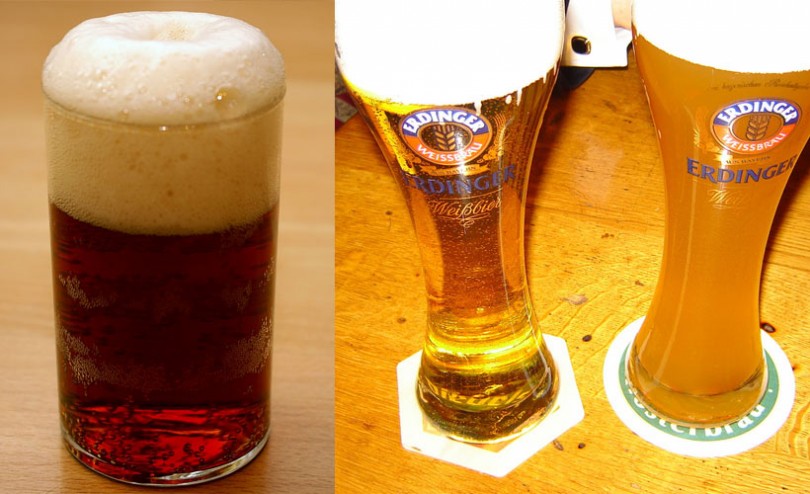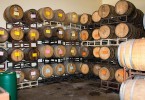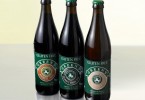Craft beer, the essence of the German tradition
German people are strictly tied with their ancient traditions, and drink beer is one of the most common traditions. The quality is the starting point of its production. The Reinheitsbegot is an edict promulgated in 1516 by William IV, Duke of Bavaria that established, in a strong way, the importance of beer as a German product to protect. Moreover the yeast wasn’t considered as an ingredient yet.
The brew masters were able to activate the fermentation phase through the rests of the beer produced in advance. It wasn’t allowed to use wheat malt and brown sugar. Today, instead, their use is allowed provided that the barley is malted.
Preservation of the German craft beer
The preservation of craft beer is one of the cornerstones that make it that famous in comparison with the industrial beers. In the past the brew masters used natural methods to preserve it. In the medieval age, in particular, they use soot and Amanita muscaria, even if they where highly toxic. Thus, the nettle was used more frequently that was pretty similar to hop. German craft beer produced today isn’t subjected to pasteurization for its preservation, in fact it doesn’t contain any kind of chemical addictive and preservatives, due to preserve its primitive and original taste.
It lasts not so long as it is easy that it develops acidophil bacteria that jeopardize its pleasantness. Craft beer, anyway, doesn’t expire. The problem is that some components tend to become oxidised, loosing the typical aroma.
Body, structure and alcoholic volume
German craft beers can be Ale or Lager. The difference is in the structure, in the alcoholic volume and the colour. Lager beer tends to have a gold, blond or orange colour. The characteristic aroma reminds citrus and fruit. The foam is soft and clear. They are easy to drink thanks to they refreshing taste. The classic bitter aftertaste is caused by the hop. Their alcoholic volume can vary from 3° to 5° according to the productive choices. Ale beers, instead, have an important structure and the amber and red colour characterises it. They are well-structured beers which aroma reminds honey, caramel and nut. The taste is complex with notes of bread crust and cereals. The foam is thick and the alcoholic volume can reach the 8°. This kind of beer was considered highly nourishing.
High and low fermentation
What does Ale and Lager effectively means? They show the type of fermentation of the beer. Ale is referred to high fermentation beers. The yeast used belongs to the Saccharomyces Cerevisiae that can perfectly adapt itself to the higher temperatures. The final result is to have well-structured beers with a full and fruity taste. Moreover, they are pretty spiced and aromatic. Lager, instead, states low fermentation beers. Yeast used is Saccharomyces Carlsbergensis that prefer low temperatures.
Care in the choice of the water
Water is the main ingredient to produce beer and it has an important role; for this reason a careful choice is necessary. To produce Lager beers, water with a low residue is suggested. On the contrary, Ale beers should be produced with a “harder” water that can bear better the fermentation process. In the ancient period, it was used to choose water available in the surroundings. Today, the availability of means allow modern systems to collect the most suitable water according to the needs.
Unique taste and aroma of German craft beer
The working process of German craft beer respects the ancient rules for its production. It is a product only for connoisseurs that are seeking truly authentic flavours. Industrial beer is so clear because it is filtered and stabilized. Craft beer, instead, isn’t filtered and the elements inside it represent the real source of taste and aroma. The filtering process can impoverish the product without its real essence.
Imagine source: Wikimedia.org







